Pietrasanta, Italy
One of my favourite places I have ever been to in Italy would have to be a small town called Pietrasanta. Nestled in Tuscany, between the sea and the Apuan Alps, this small town left an everlasting impression on me. The town is known for its marble and bronze sculptures - so known, that in the 16th century Michelangelo came to sign a contract allowing him to select the town’s alpine marble. He was the first sculptor of many to recognize the beauty of the local stone.


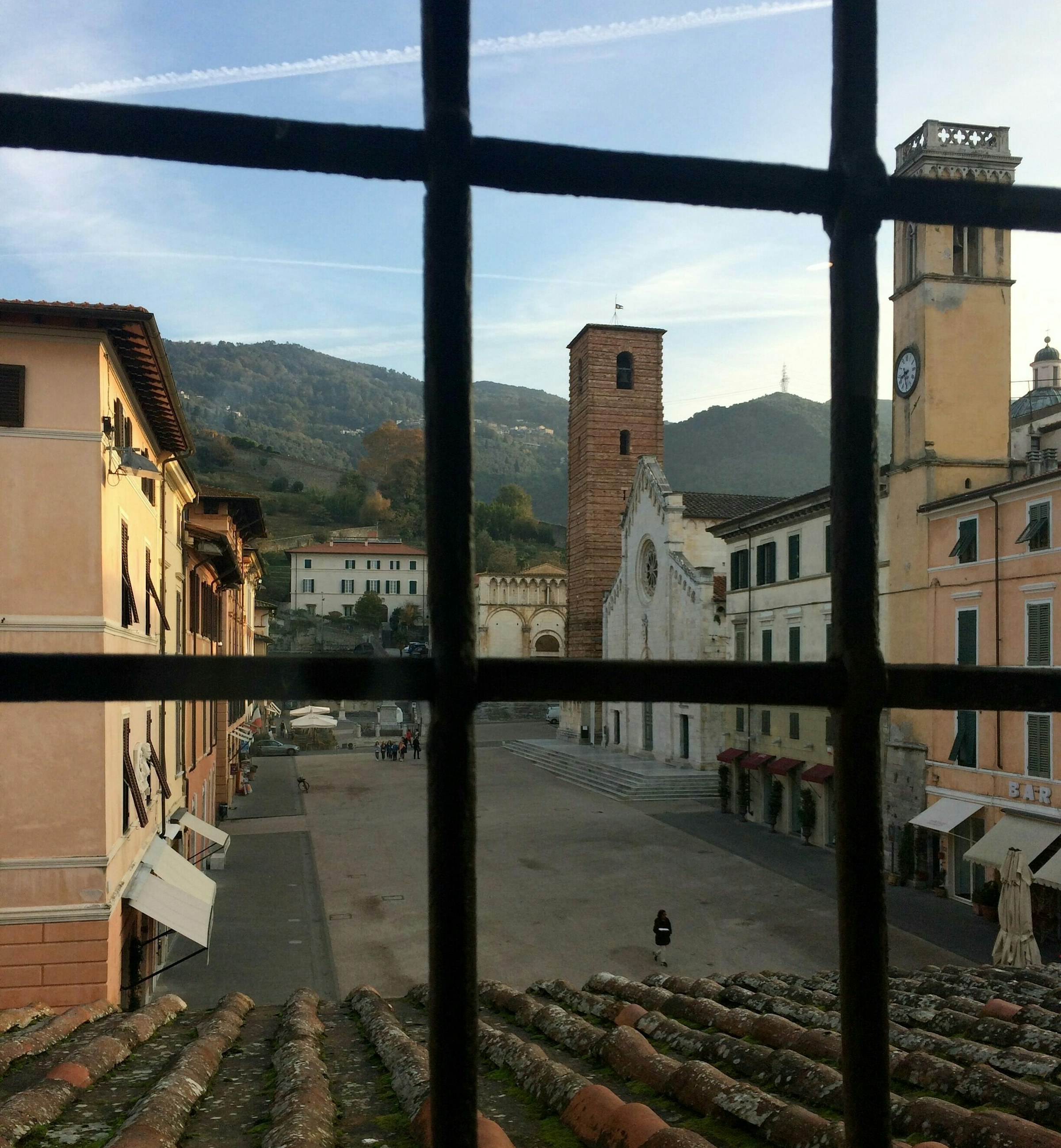
On a cool January morning I arrived at the Pisa airport, excited to explore. With only a 30 minute drive from the airport into town, I patiently sat in the back of small Fiat admiring the beautiful Tuscan countryside. The closer I got to the town, I was able to see blocks of beautiful white marble scattered at every corner – they appeared to be chiselled, jagged, used - yet still beautiful. It was a sign the artisans were busy sculpting and creating beauty to be admired.
I stayed in a one bedroom flat overlooking the town centre. The city is small, walkable and inspiring. Every corner was a new sculpture from a master- Botero, Igor Mitoraj, Henry Moore, Jean Miro- the list goes on. The town was a genuine open air gallery leaving me breathless. One of the most beautiful museums in the town is Museo Dei Bozzetti. It claims to be the only museum of artists’ plasters in the world , containing collections of maquettes and models representing the initial idea of the sculpture before translating into a finished work. The museum was a beautiful maze, allowing you to navigate through an artist’s process and abilities.

Museo Dei Bozzetti. Upper Level

Museo Dei Bozzetti. Lower Level

I was only in Pietrasanta three short days but made every minute count. Every intimate cobble stone road led me to a new hidden gem, every patio had a different view, every corner I turned allowed me to see the world from a different light. As a designer, my eye instinctually never took a break. I studied the details, the construction, the materials; analyzing how they came together in using complex shapes and forms to form true beauty.
This process differentiates a great designer from a good designer.

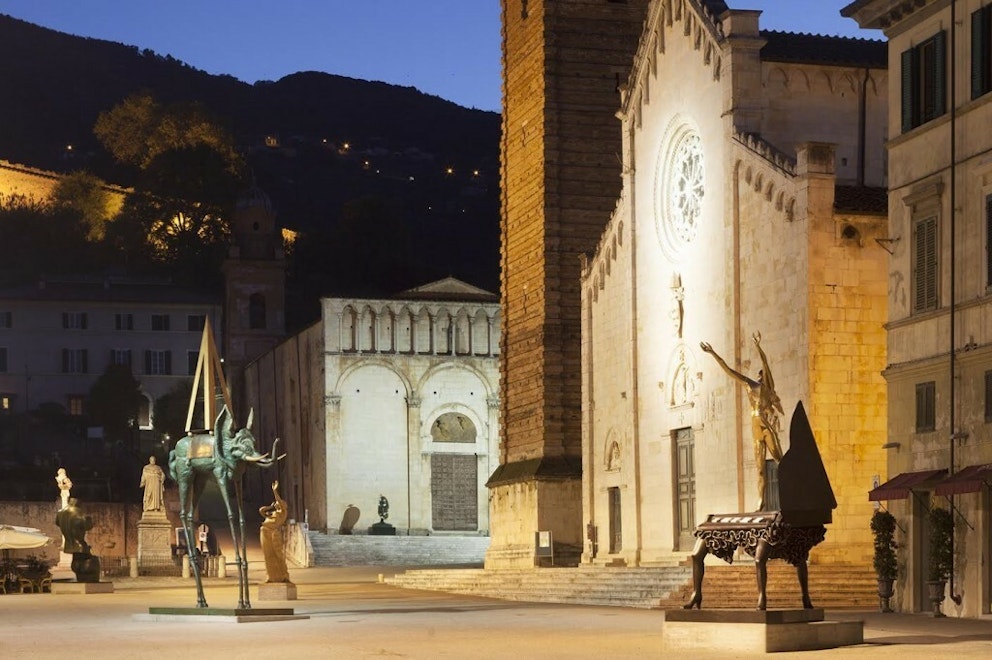
Il Duomo di San Martino di Pietrasanta. Sculpture Installation
As much as I was in awe of the town, I couldn’t help but gaze into the distance. I was mesmerized by what appeared to be white glistening snowcaps. However, these caps weren’t made of snow- they were made out of marble. This self-contained universe changed my life. I quickly realized how small I was in comparison to the rest of the world. I haven't looked at marble the same way since that day.
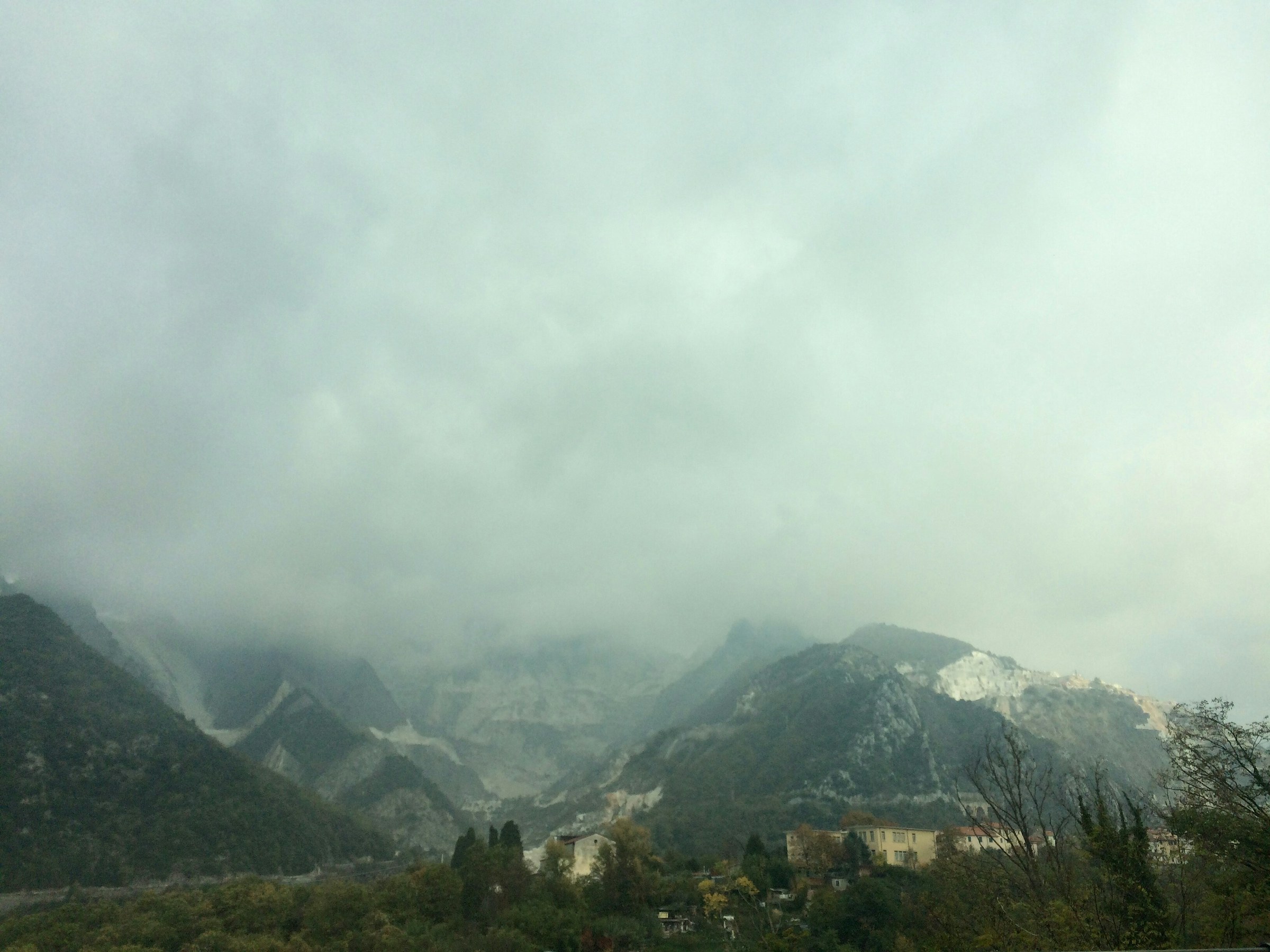
View of marble quarries from a distance

Even though I am fortunate to work with beautiful materials everyday, true appreciation requires an intimate understanding of its origins. I am immensely grateful for my opportunity to visit this marble quarry. I was able to observe the beautiful white linear summits jutting out of the side of the mountain which form tunnels that lead to marble caves. It was marble overload and I loved every minute of it.

Marble quarry showcasing beautiful white linear summits of marble
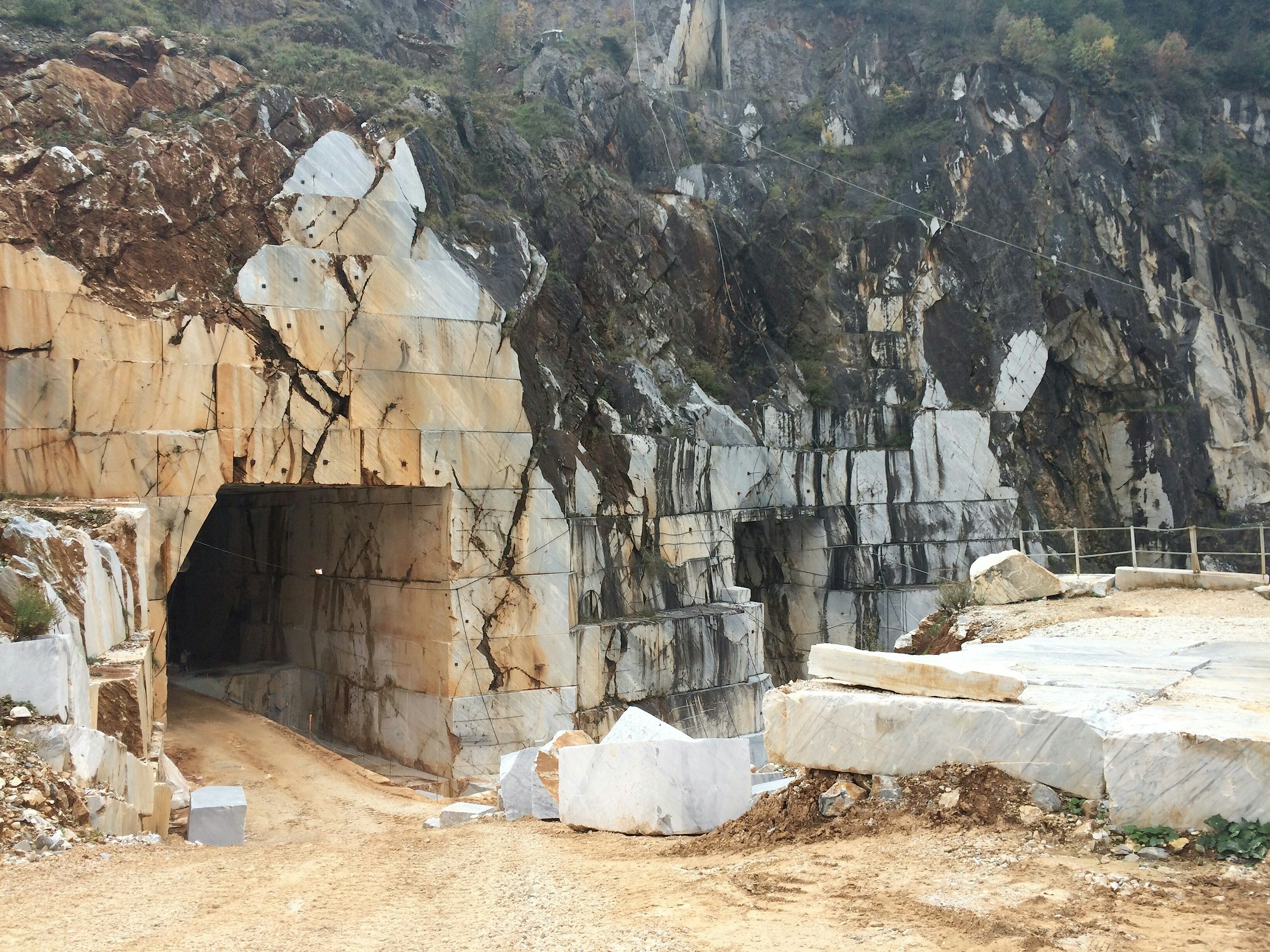
Tunnel opening into a marble quarry cave
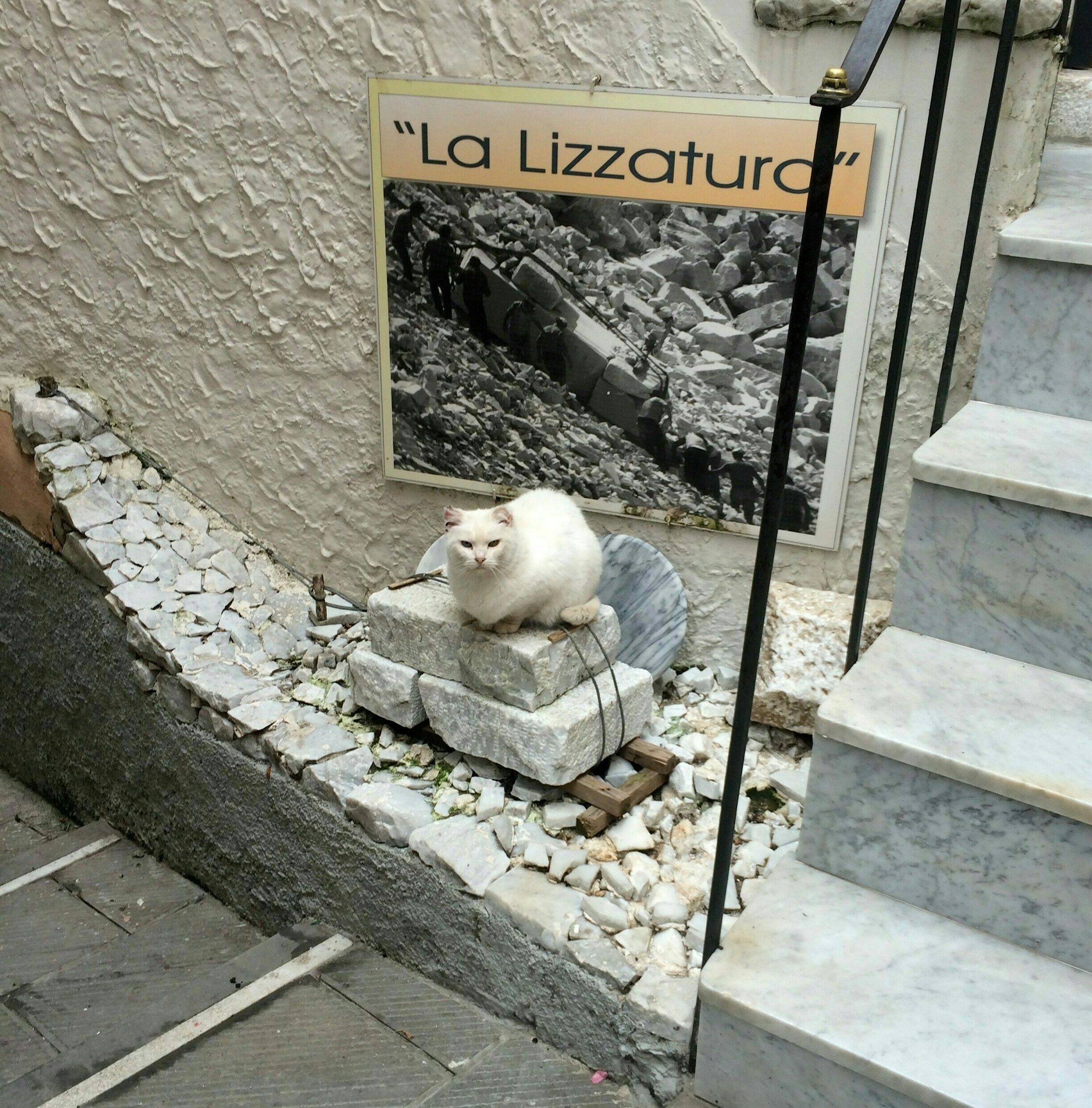
Near the quarry there was a quaint village with a small poster with the title “ La Lizzatura”. In front of it was a little white cat on top of a few white marble stone blocks. The marble blocks sat atop two pieces of wood and it was tied together with string. I took a photo of this without knowing the meaning however when I later googled “La Lizzatura”, I found out it means "the ancient transport of stones from quarries on slides". The stone blocks are secured with hemp or wire ropes. A little piece of history nestled in the middle of no where. These are the moments you tend to remember.
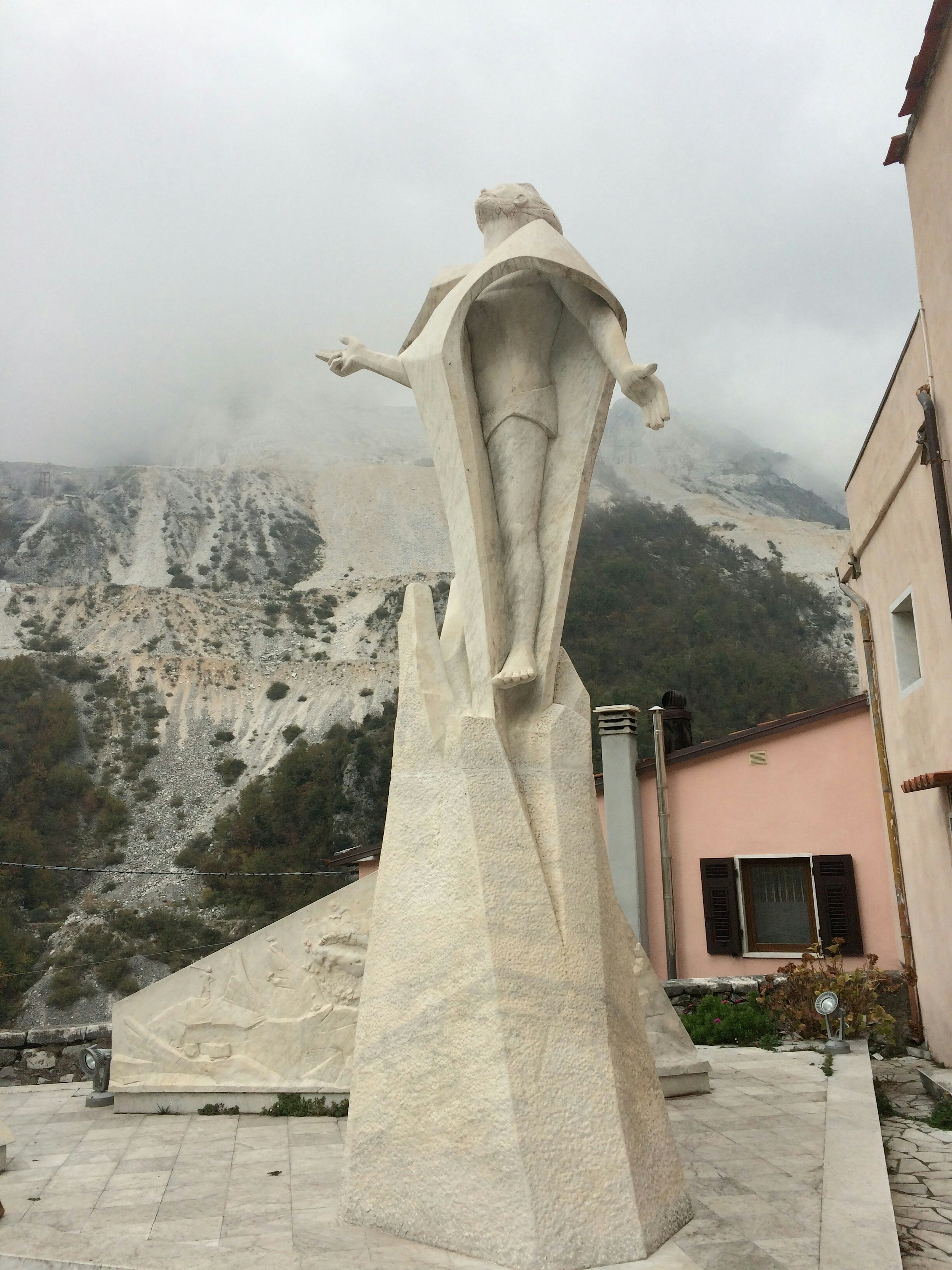
Church sculpture overlooking the majestic marble mountains
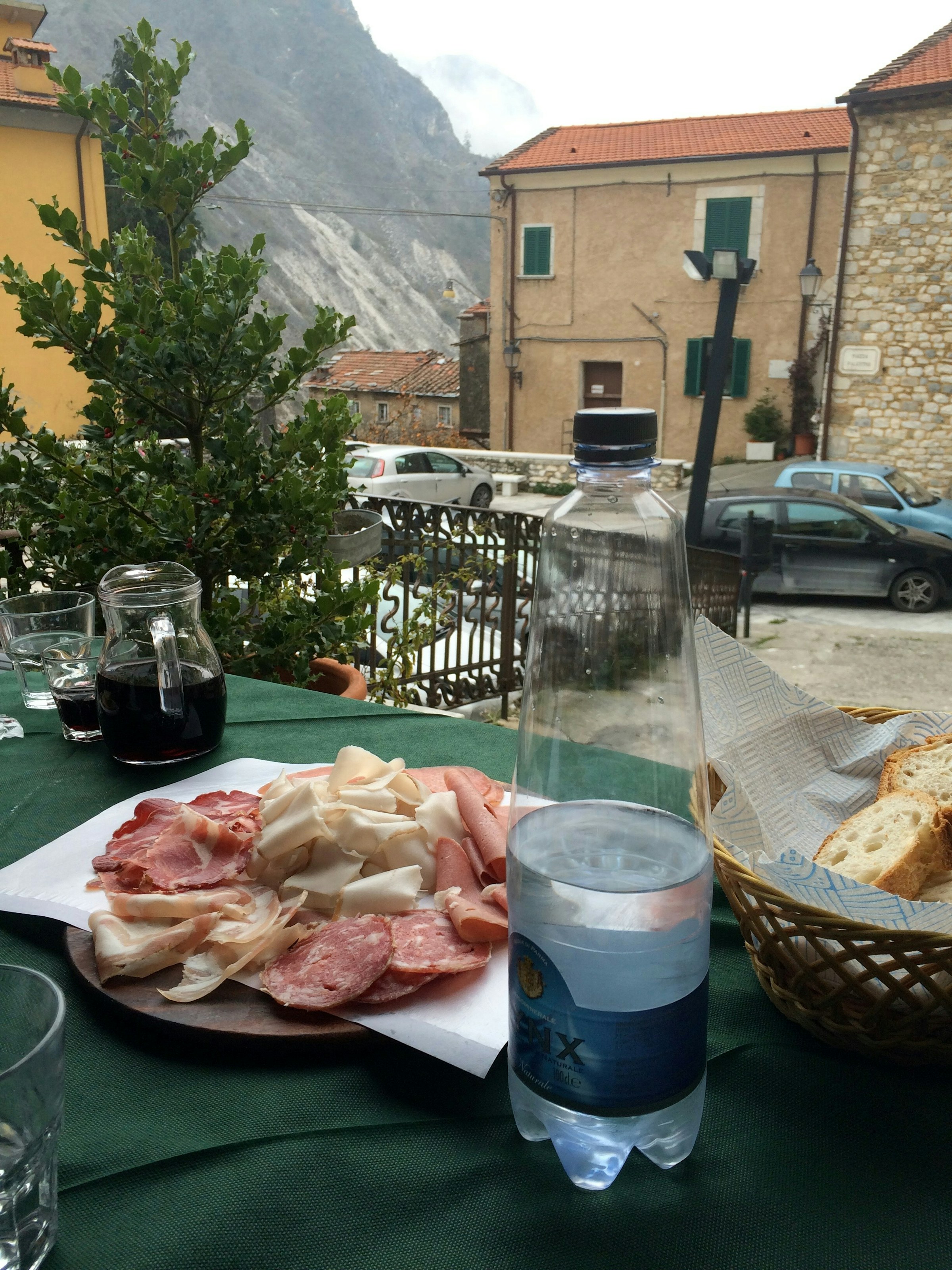
Heading back into the city, I made a point of stopping in at a few local foundries and workshops. Even with my limited knowledge of the Italian language I could feel the love, the passion and the happiness in the men and women who spent their lives creating beauty. They say in Italy, 'art becomes reality'; it rings true. Rows upon rows of plaster models line the foundries with new ones being made by skilled artisans wearing the trade’s traditional hat of folded newsprint. Here, scaled models make real life sculptures come to reality.



Italian artisan wearing a traditional hat of folded newsprint
Sculptures permit me to create real volume. One can touch the forms, one can give them smoothness, the sensuality that ones wants
- Fernando Botero

These images are taken at a Bronze foundry workshop. They show how wax molds are cast and then turned into bronze sculptures, which are then finished by hand

My last stop of the day was a small mosaic tile workshop consisting of two older men in their 80’s, handcrafting mosaic masterpieces for churches and secular venues around the world. Some of these mosaics were metres long and high with each piece of tile carefully placed by hand with an incredible eye for detail. In our hyper mechanized world, it was especially beautiful to see true craftsmanship still alive.
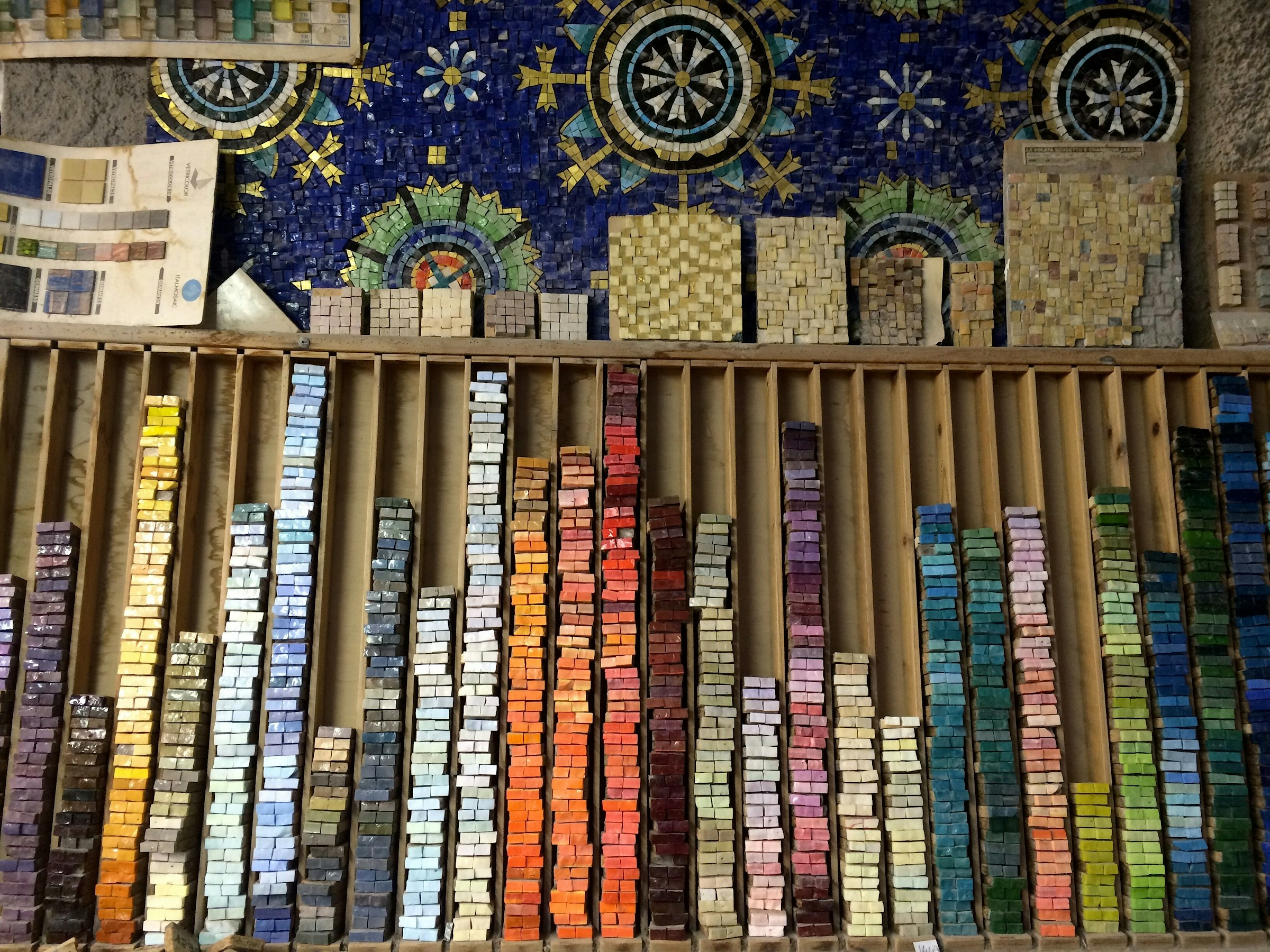

The fascination with natural materials and the longing to shape them into new beautiful forms is almost as old as civilization itself. The true art of craftsmanship not only encompasses skill, but experience, beauty and emotional power. We must strive to keep art alive, to sustain the finer details and to appreciate the imperfections made by hand because a machine will never be able to replicate what the hand knows.